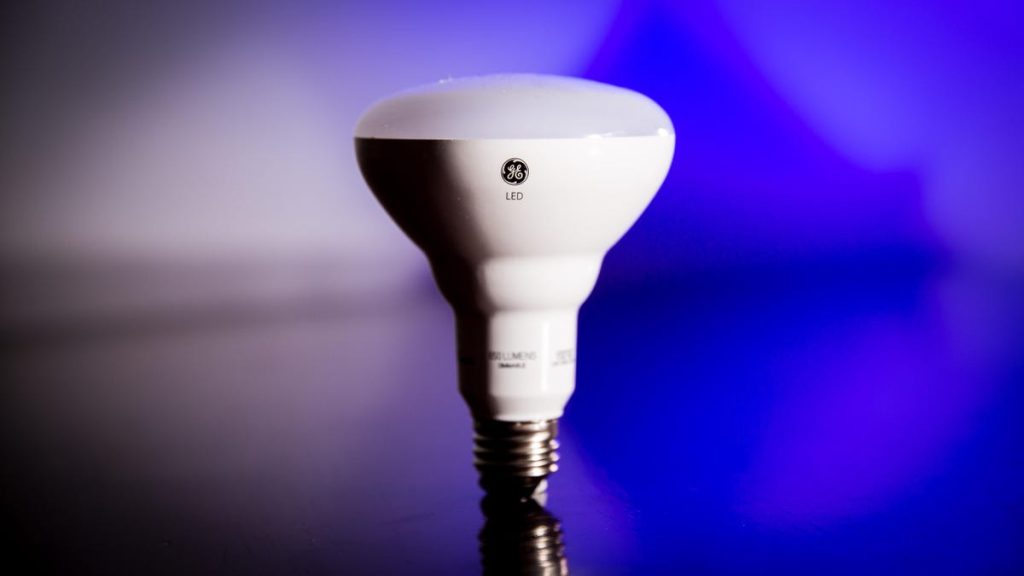This comprehensive guide delves into the rigorous testing methodologies employed by CNET’s lighting lab to evaluate LED light bulbs, ensuring consumers make informed decisions when purchasing these long-lasting and energy-efficient lighting solutions. The author, a seasoned light bulb reviewer with over five years of experience, provides a detailed account of the scientific apparatus and procedures used to assess various aspects of LED performance, emphasizing the importance of objective data alongside subjective user experience.
At the heart of the testing process lies the integrating sphere, a specially designed hollow sphere coated with highly reflective paint. This apparatus allows for the uniform distribution of light emitted from the bulb, enabling the spectrometer, a device that measures light properties, to capture accurate and reliable readings for metrics such as brightness (measured in lumens) and color temperature (measured in Kelvin). The spectrometer, positioned strategically to avoid direct exposure to the light source, captures the light reflected within the sphere, thereby eliminating any potential biases.
The testing protocol involves continuous monitoring of brightness levels every 10 minutes for a period of 90 minutes, followed by a final measurement. This meticulous approach ensures a thorough understanding of the bulb’s performance over time and its stability in maintaining consistent light output. Further testing includes evaluating the bulb’s compatibility with various dimmer switches, assessing its dimming range and identifying any potential flickering or buzzing issues that may arise.
Beyond the quantitative measurements, the evaluation extends to qualitative aspects such as light spread, tone, and color quality. This involves a collaborative effort with the photo and video team, who employ standardized photography techniques to capture nuanced details of the light output. These visual representations aid in assessing the overall aesthetic appeal of the light and its suitability for various applications.
While the laboratory testing provides crucial technical data, the author acknowledges the paramount importance of the user experience. Recognizing that LEDs are designed for extended lifespan, often lasting for years, the ultimate test lies in the consumer’s satisfaction with the bulb’s performance in real-world settings. The author emphasizes the importance of selecting bulbs that meet individual preferences and enhance the ambiance of the living space.
The author’s expertise, coupled with the meticulous testing procedures and the emphasis on both objective data and subjective user feedback, provides a comprehensive and reliable resource for navigating the diverse landscape of LED lighting options. The commitment to continuously updating the guide ensures that consumers have access to the latest information and recommendations, empowering them to choose the “just right” bulbs that meet their specific needs and preferences.
The constant evolution of LED technology necessitates ongoing reviews and updates to the buying guides. New products, such as the Sylvania floodlight LED mentioned in the article, undergo the same rigorous testing process to determine their efficiency and overall performance. The author highlights the importance of lumens per watt as a key metric for evaluating energy efficiency, with the Sylvania bulb showcasing a promising 93.7 lumens per watt. This continuous evaluation process ensures that consumers remain informed about the latest advancements in LED technology and can confidently choose the most efficient and suitable lighting solutions for their homes.

